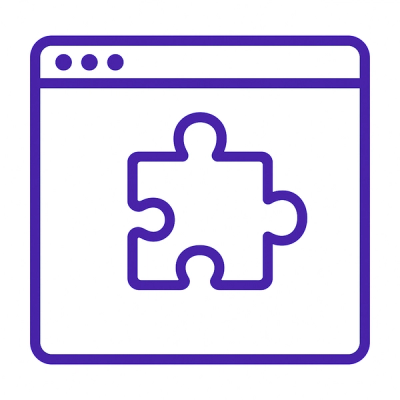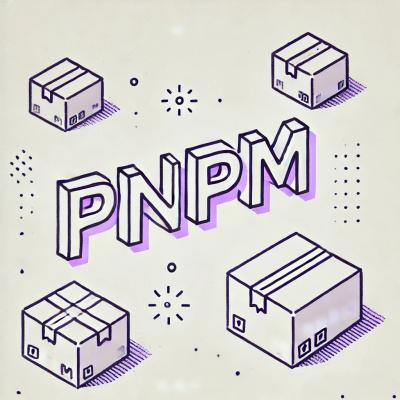
Research
Security News
The Growing Risk of Malicious Browser Extensions
Socket researchers uncover how browser extensions in trusted stores are used to hijack sessions, redirect traffic, and manipulate user behavior.
contentgrid-management-client
Advanced tools
Python Client for interacting with ContentGrid Management Platform
This ContentGrid Management Client is a Python library designed to interact with the ContentGrid Management API endpoints, specifically in the HAL response type. It provides a convenient interface for performing various operations such as fetching organizations, projects, and blueprints, and managing automations and automation annotations.
To install the ContentGrid Management Client, you can use pip:
pip install contentgrid-management-client
from contentgrid_client import HALFormsClient
# Initialize a HALFormsClient with service account
client = HALFormsClient(
client_endpoint="https://api.contentgrid.com/",
auth_uri="https://auth.eu-west-1.contentgrid.cloud/realms/cg-eade54da-3903-4554-aa5e-2982cd4126f1/protocol/openid-connect/token",
client_id="your_client_id",
client_secret="your_client_secret"
)
# Initialize a HALFormsClient with a token
client = HALFormsClient(
client_endpoint="https://api.contentgrid.com/",
auth_uri="https://auth.eu-west-1.contentgrid.cloud/realms/cg-eade54da-3903-4554-aa5e-2982cd4126f1/protocol/openid-connect/token",
token="your_token"
)
# Get all organizations
organization = get_organizations(hal_client=client)[0]
# Get the first project
project = organization.get_projects()[0]
# Get blueprints of the project
blueprints = project.get_blueprints()
# Get a specific blueprint
blueprint = project.get_blueprint_by_name("blueprint_name")
# Create a new entity definition in the blueprint
entity_definition = blueprint.create_entity("entity_name", "entity_description")
# Get entity definitions
entity_definitions = blueprint.get_entity_definitions()
# Get automations in a blueprint
automations = blueprint.get_automations()
# Create a new automation in the blueprint
automation_data = {
"foo" : "bar"
}
automation = blueprint.create_automation("automation_name", "system_name", automation_data)
# Create an annotation for an automation
annotation_data = {
"key": "value"
}
annotation = automation.create_annotation_on_entity("entity_name", annotation_data)
pip install -r requirements.txt
python -m pytest
coverage run -m pytest && coverage report -m
FAQs
Python Client for interacting with ContentGrid Management Platform
We found that contentgrid-management-client demonstrated a healthy version release cadence and project activity because the last version was released less than a year ago. It has 1 open source maintainer collaborating on the project.
Did you know?

Socket for GitHub automatically highlights issues in each pull request and monitors the health of all your open source dependencies. Discover the contents of your packages and block harmful activity before you install or update your dependencies.

Research
Security News
Socket researchers uncover how browser extensions in trusted stores are used to hijack sessions, redirect traffic, and manipulate user behavior.

Research
Security News
An in-depth analysis of credential stealers, crypto drainers, cryptojackers, and clipboard hijackers abusing open source package registries to compromise Web3 development environments.

Security News
pnpm 10.12.1 introduces a global virtual store for faster installs and new options for managing dependencies with version catalogs.